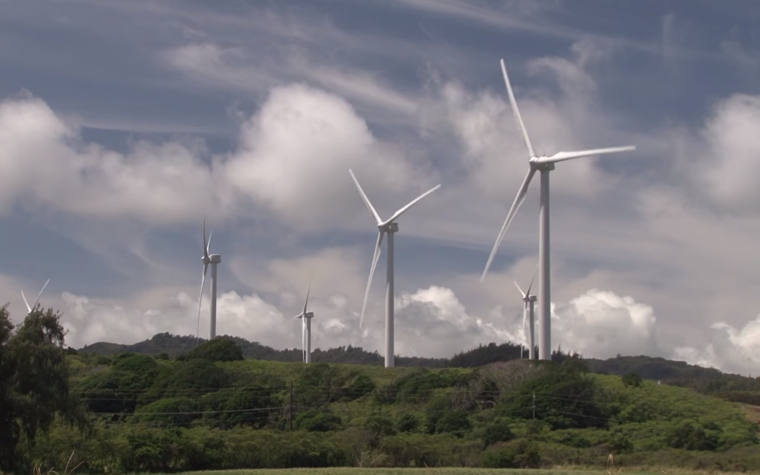A recent study doubts wind energy's benefits. | Courtesy of AASHTO
A recent study doubts wind energy's benefits. | Courtesy of AASHTO
Solar and wind energy projects received the most federal subsidies in the past decade, according to a new study, and growing reliance on them will eventually destroy open landscapes and reverse progress advanced by the Industrial Revolution.
“For “green energy,” in particular, the biggest problem is the conceit that those energy resources should be subsidized because they are environmentally friendly,” said Brent Bennett, author of The Siren Song that Never Ends: Federal Energy Subsidies and Support from 2010 to 2019. “The reason we think that is because of ideology, not facts, and because those industries are not large enough yet for us to notice the facts.”
Commissioned by the Texas Public Policy Foundation (TPPF), the report reveals that solar and wind received about $34 billion and $37 billion in subsidies, respectively, while coal received $13 billion and oil and natural gas received $25 billion.
“The problem with wind and solar is that while the cost to build wind and solar generators is going down, the value of the energy they produce in most markets is also going down,” Bennett told the Texas Business Coalition. “They produce electricity when the sun is shining and the wind is blowing, not when customers need that electricity the most, which means the more wind and solar we build, the more electricity prices are suppressed when they are producing energy.”
Complicating the dilemma is the fact that wind and energy gobble up land, according to data from energy systems expert Vaclav Smil.
Smil found that when it comes to land use, wind requires 38 times and solar nine times to produce the same amount of energy as natural gas not counting extra transmission lines and other supporting equipment.
“You can farm around windmills but they still impart a massive impact on the land and the sky,” Bennett said in an interview. “The movement toward energy-dense fuels is what drove the Industrial Revolution, saved our forests, built our cities and, ultimately, enabled the combination of prosperity and environmental quality that we have in developed countries today.”
A better metric for comparing energy sources is not efficiency, which is difficult to compare on a holistic basis, but energy density, according to the TPPF study.
“All we are doing is trading air pollution from fossil fuels for land pollution from wind and solar,” Bennett said. “Contrary to what environmental groups claim, we have largely solved most of the air pollution problems in developed nations.”
The TPPF study also found that over the past 10 years more than $120 billion of tax dollars have been spent on energy subsidies.
“The downside of all subsidies is they waste taxpayer funds to benefit politically connected businesses under the false impression that markets are flawed and that government knows better how to use taxpayer dollars,” Bennett said. “Subsidies also distort markets. Wind producers can bid in electricity markets at lower prices than the market would otherwise support because they are incentivized to receive subsidies based on how much energy they produce.”





 Alerts Sign-up
Alerts Sign-up